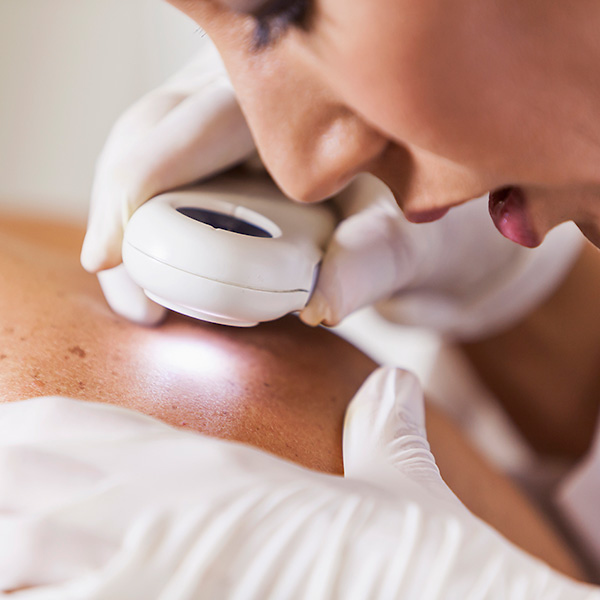Shingles
Overview and Facts about Shingles
Shingles is a painful rash that can develop when you contract the varicella-zoster virus. This rash can spread throughout your body, but most often it develops on either the right or left side of your chest and belly.
The varicella-zoster virus is the same virus that causes chickenpox, which is why it is common for people who have had this illness in childhood to eventually develop shingles.
The chickenpox virus stays inactive in your body but can later become active and cause a shingles infection.
Symptoms
Signs and Symptoms of Shingles
Usually, the telltale shingles rash only affects a part of your body, typically on the left or right side. You may also experience:
- Blisters that are filled with fluid, which can burst and become crusty
- Itchiness
- Pain, tingling or numbness
- Redness
Along with the rash, you might also feel tired or have a sensitivity to light. Some people also get a fever or a headache, but this is not common.
Causes and Risk Factors of Shingles
The varicella-zoster virus causes shingles, which means a person usually has chickenpox before they get shingles.
After the chickenpox infection, the varicella-zoster virus stays dormant in the body, eventually reactivating along nerve pathways to cause shingles.
There are some risk factors for shingles. These include:
- Being over the age of 50
- Getting cancer treatment
- Having diseases that weakened the immune system, such as cancer or HIV/AIDS
- Not having the chickenpox vaccine
- Taking medications for organ transplants
Tests and Diagnosis of Shingles
Because shingles have an easily verifiable cause, most dermatologists are able to diagnose this infection through a basic physical exam.
At your appointment, the doctor will exam your rash, ask about your pain, other symptoms and whether you’ve had chickenpox in the past.
If your symptoms aren’t conclusive or you never had chickenpox, your doctor may take a tissue scraping to look at the cells in a lab before making a diagnosis.
Treatment and Care of Shingles
There’s no cure for shingles, meaning you will have to wait until the infection goes away. Most cases of shingles last about two to six weeks.
To help make your symptoms more tolerable and speed up healing, your doctor may prescribe antiviral drugs like acyclovir or valacyclovir. They may also recommend:
- Corticosteroids to help with healing
- Local anesthetics to numb the area
- Numbing patches, sprays, gels or creams for temporary pain relief
- Pain medications to reduce the sensation

Request an Appointment
Loyola Medicine is nationally recognized for its expertise in diagnosing and treating a broad range of skin conditions and providing integrated services for the complete care of your skin. Schedule an appointment with a Loyola Medicine dermatologist today.
Schedule a Telehealth Appointment
